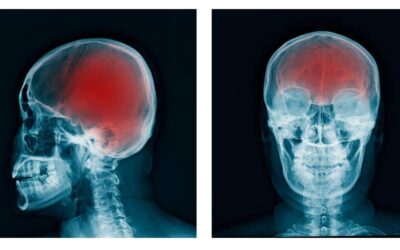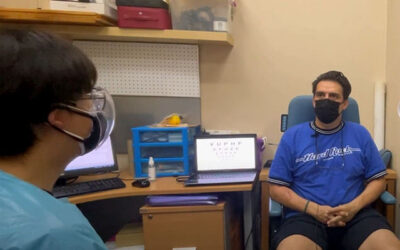Visual snow is a condition where a person sees tiny flickering dots or static in their visual field. This condition can be distressing for those who suffer from it, as it can interfere with their daily activities and reduce their quality of life. While the exact cause of visual snow is not fully understood, it is believed to be related to abnormalities in the way that the brain processes visual information. One treatment option that has shown promise for relieving the symptoms of visual snow is the use of tinted lenses. Studies have suggested that certain tints can help to reduce the severity of visual snow, although the exact mechanism by which they work is not well understood. Another treatment option for visual snow is light therapy syntonic, which involves exposure to specific wavelengths of light. This therapy is believed to work by stimulating the cells in the retina and the brain that are responsible for processing visual information. By doing so, it may help to normalize the way that the brain processes visual information and reduce the symptoms of visual snow. In some cases, patients have reported significant improvement in their visual snow symptoms with light therapy syntonic alone, even without the use of tinted lenses. However, the effectiveness of any treatment may vary depending on the individual case, and it is important to consult with a healthcare professional before trying any new treatment options. Contact us today!
Reference
Han, M. H. Esther OD, FAAO, Ciuffreda, Kenneth J. OD, PhD, FAAO, and Rutner, Daniella OD, MS, FAAO. “Historical, Diagnostic, and Chromatic Treatment in Visual Snow Syndrome: A Retrospective Analysis.” Optometry and Vision Science ():10.1097/OPX.********00002019, April 13, 2023.
Schröder, S., & Buchmann, J. (2018). The use of Chromatic Light Therapy for the Treatment of Visual Snow Syndrome. Journal of Behavioral and Brain Science, 8(06), 195-203. doi: 10.4236/jbbs.2018.86014



